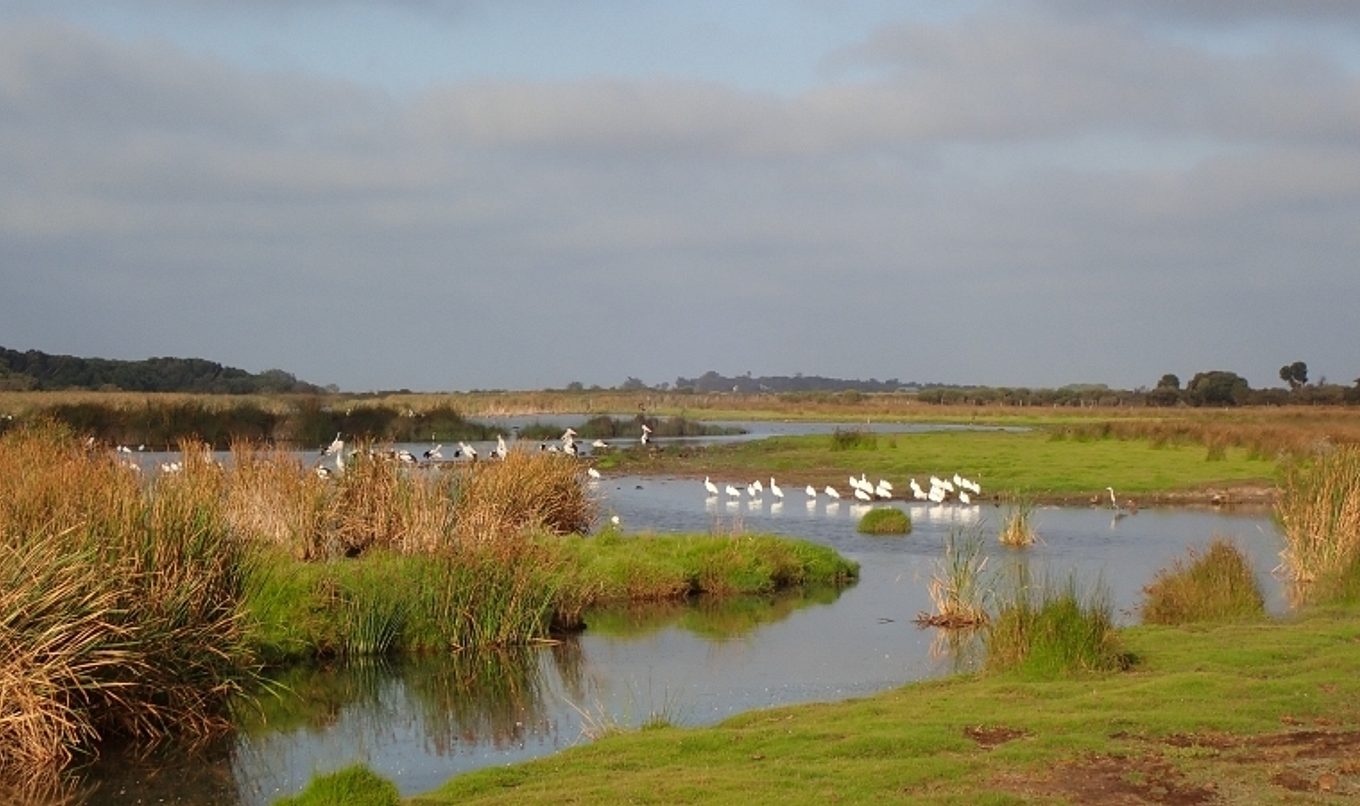Spring environmental flows sees water levels rise in Lower Lakes
People living around the Lower lakes may notice higher water levels over the next few weeks as part of a spring watering event designed to deliver maximum environmental benefits.

A coordinated southern spring flow is making its way down the River Murray to the Lower Lakes and Coorong which is expected to generate the higher water levels.
The spring flow will peak at around 18,000 megalitres a day (ML/d) at the South Australian border in late November, and make its way to the Lower Lakes in early December.
Program Leader Coorong, Lower Lakes and Murray Mouth (CLLMM) Adrienne Rumbelow explained the flows consist of water for the environment sourced from Hume Dam, the Goulburn and Murrumbidgee Rivers.
The water is sourced from the Commonwealth Environmental Water Holder and The Living Murray (MDBA).
“Residents of the Lower Lakes and the River Murray channel below Lock 1 will experience raised water levels (around 0.85 m AHD) in mid-December,” Adrienne said.
“These raised levels are deliberately timed to coincide with the end of the spring flow.
“Water managers aim to raise the weir pool to coincide with the end of the higher flow event, which protects water levels through summer and allows continuous freshwater releases into the Coorong estuary.
“Water levels below Lock 1 will be drawn down slowly and steadily over summer and autumn, to allow small, continuous releases of freshwater to the Coorong through the 11 fishways on the barrages.
“This pattern of surcharge and drawdown has occurred for the last few years thanks to the delivery of water for the environment, and is within normal operating levels. “
This flow event will help support native vegetation and threatened fish and frog communities in the lakes, and the migration and breeding of native fish that use the fishways to travel between fresh and saltwater.
“Water managers and local scientists have already begun reporting native frog and fish breeding in Lower Lakes wetlands, and are targeting estuarine fish (i.e. black bream) outcomes in the Coorong estuary with the additional flows.

